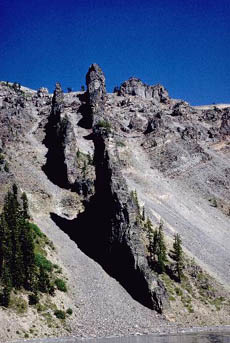The rocks that make high ridges are much more resistant to weathering than the surrounding rocks.
Click on image for full size
Courtesy of Jerome Wyckoff
Step 1: Breaking Rocks Apart
Over time, rocks wear away just like your favorite jeans or the bottom of your
shoes. This is called weathering. There are two ways that it can happen. Either
rocks wear away chemically, or they physically break apart.
Wearing away chemically
Sometimes the minerals in a rock are dissolved into rainwater just like table
salt dissolves in a glass of water. Other times, minerals are chemically changed
from one type into another. Not all minerals are likely to be weathered in this
way. For instance, the mineral quartz doesn’t weather very easily, but
feldspar does. Over a long time, feldspar changes into clay.
Breaking apart physically
Sometimes rocks are broken apart into smaller pieces. This can happen when water
flowing in rivers and streams tumble rocks and when ocean waves hit the rocks
along a rocky coastline. Tree and plant roots can push rocks apart as they grow.
If water freezes into cracks in a rock it will expand as it freezes, opening
the crack even more.
The little pieces of rock are either moved away by water or wind, or they become
a part of the soil.
Last modified December 31, 2003 by Lisa Gardiner.
You might also be interested in:
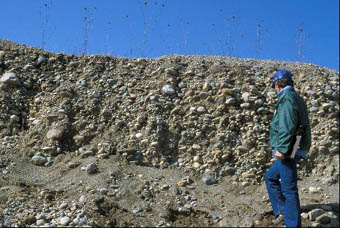
When water or wind slows down, sediment can no longer be carried in it. The particles of sediment fall through the water or air and form a blanket of sediment on the bottom of a river, a lake, ocean,
...more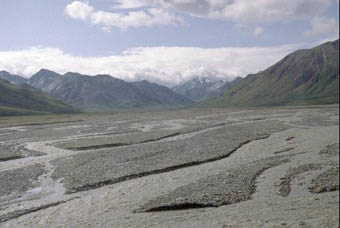
If you sneeze into a pile of dust the little particles fly everywhere, but if you sneeze into a pile of rocks, they will stay put. It takes more force than a sneeze to move those rocks. Winds and water
...more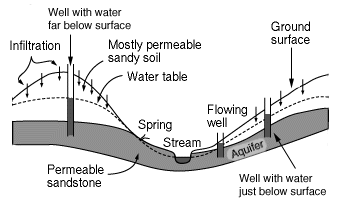
An aquifer is the name for a layer of rock which is capable of holding a large amount of water. Some layers are better at holding water than others, for example a layer of sandstone can hold a good deal
...more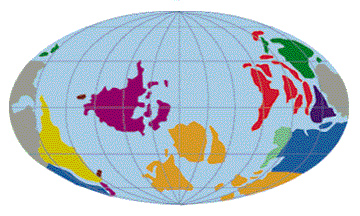
The Archean is the name of the age which began with the forming Earth. This period of Earth's history lasted a long time, 2.8 billion years! That is more than half the expected age of the Earth! And no
...more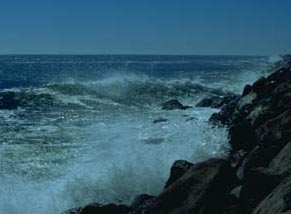
We all know that today ocean waters are very salty. There aren't many sedimentary rocks older than 2.5 billion years (see geologic time) that means that there must have been mostly igneous rocks at the
...more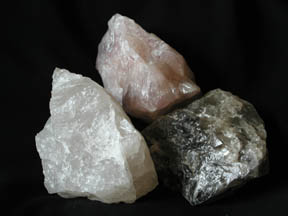
Spotting minerals is fun! There are many different types of minerals. Each has a different name and special traits. You can learn more about minerals by looking closely at them to understand their special
...more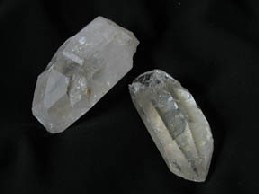
This mineral is called quartz! Sometimes it looks white like milk but usually it looks clear like glass, sometimes with a little pink or gray tinge of color. You can find crystals of quartz in many different
...more


